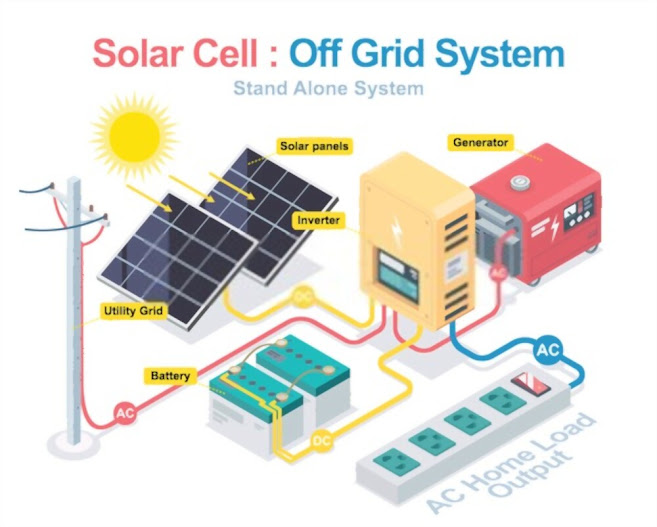Solar Panel Supplier Houston TX
Solar panel supplier Houston TX are proliferating across the world to assist reduce the world’s dependency on fossil fuels. But conventional panels aren't without environmental costs, too. Now scientists are reporting within the Journal of the American Chemical Society a replacement advance toward more practical, “greener” solar cells made with inexpensive halide perovskite materials. They have developed low-bandgap perovskite solar cells with a reduced lead content and an influence conversion efficiency of 15 percent.
In hopes of 1 day replacing silicon-based photovoltaic cells, which are relatively expensive and need tons of energy to form , scientists have turned to hybrid organic-inorganic lead halide perovskites that can be developed at a lower cost using less energy than silicon. The efficiency of these materials has increased rapidly over the past several years. But further improving the efficiency requires stacking two sub-cells with the highest one exhibiting a good bandgap and therefore the bottom a coffee bandgap to make a tandem cell. The bandgap refers to rock bottom energy of sunshine that a semiconductor can absorb. The performance of low-bandgap perovskite cells has been lagging for several years. Dewei Zhao, Ren-Gen Xiong, Yanfa Yan and colleagues sought how to vary this.
For their solar cells, the researchers developed a replacement precursor solution combining formamidinium tin iodide and methylammonium lead iodide. The resulting tin-lead perovskite cells had low bandgaps and up to fifteen percent power conversion efficiency. Other teams recently reported low-bandgap cells with about 13.6 percent efficiency. Additionally, the cells contained 60 percent less lead than the lead-based, single-junction (non-tandem) perovskite photovoltaic cell holding the present record efficiency of twenty-two .1 percent. The reduction in lead content and improved efficiency for a low-bandgap cell represent a big step toward practical, more environmentally friendly perovskite tandem solar cells, the researchers say.
We've been inching closer to low(er) cost solar panels (for the mainstream public to enjoy) for a few time now, and apparently, AVA Solar Inc. is just about able to start cranking out units that "will cost but $1-per watt by the top of next year." The technology was reportedly developed by Colorado State University's Professor W.S. Sampath, and production is slated to start soon during a "200-megawatt factory" that would employ some 500 individuals. Of note, it had been said that the "cost to the buyer might be as low as $2 per watt," but even that figure purportedly rings up at about half the cost of current options.
Silicon cells will continue to see use in larger solar panels for the foreseeable future. The consumption of solar energy is now growing extremely rapidly as its cost has fallen. In many places round the world, unsubsidised solar energy is already a less expensive alternative to electricity produced with fossil fuels. As silicon cells are a tried and tested component, they can be used in the manufacture of large quantities of solar panel supplier Houston TX. The new-generation solar cells aren't ready for production since they still lack sufficient reliability in large-scale use. However, they will be expected to exchange silicon cells in large solar panels within subsequent few decades. When this happens, the value of solar energy will decrease even further.

In silicon cells, a portion of the light shone onto the cell is absorbed by silicon. The solar power hitting the silicon frees up electrons and generates current . The silicon functions as both the source of electrons and as a conductor for the electric current out of the cell.




Comments
Post a Comment